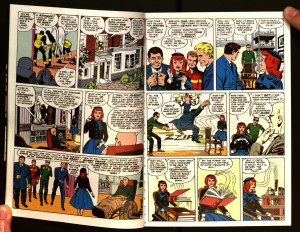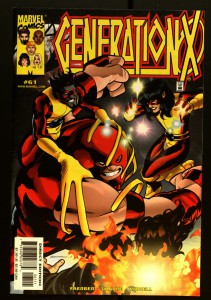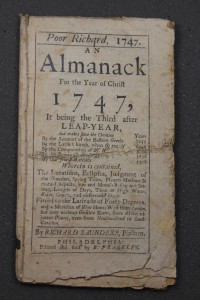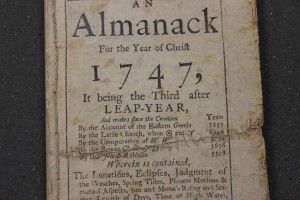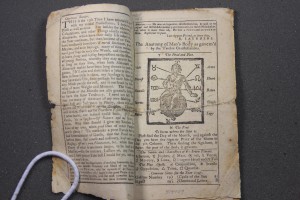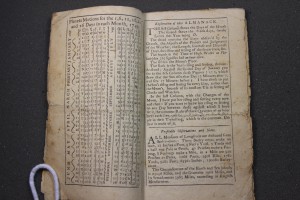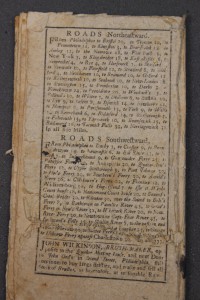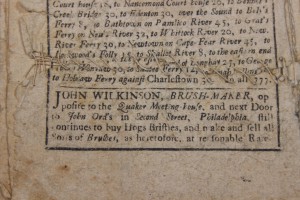 Phrenology is "a system of Philosophy of the human Mind; it is founded on facts, and the inductive is the only species of reasoning it admits." So states Dr. Johann Spurzheim in his outlines on the subject. Spurzheim, collaborator with Dr. Franz Joseph Gall, the founder of modern phrenology, was instrumental in bringing the science to the attention of the public in the U.K. and the United States. Today, phrenology is known as a pseudoscience that studies the relationship between a person's character and the physical properties of their skull. Phrenology can trace its roots way back to the ancient philosopher Aristotle, who wrote on the locations of the mental faculties. Around the 1800s, Gall was the first to posit a direct link between the formation of the skull and the character of the owner, calling his theory crainiology. Spurzheim was the one who popularized the term phrenology. Other power players of the field in the 19th century include the Combe brothers and the Fowler brothers, all of whom wrote extensively on the subject.
Phrenology is "a system of Philosophy of the human Mind; it is founded on facts, and the inductive is the only species of reasoning it admits." So states Dr. Johann Spurzheim in his outlines on the subject. Spurzheim, collaborator with Dr. Franz Joseph Gall, the founder of modern phrenology, was instrumental in bringing the science to the attention of the public in the U.K. and the United States. Today, phrenology is known as a pseudoscience that studies the relationship between a person's character and the physical properties of their skull. Phrenology can trace its roots way back to the ancient philosopher Aristotle, who wrote on the locations of the mental faculties. Around the 1800s, Gall was the first to posit a direct link between the formation of the skull and the character of the owner, calling his theory crainiology. Spurzheim was the one who popularized the term phrenology. Other power players of the field in the 19th century include the Combe brothers and the Fowler brothers, all of whom wrote extensively on the subject.
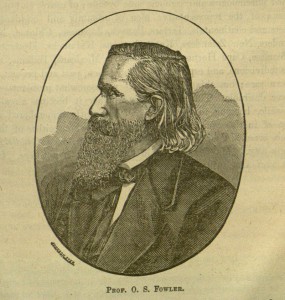 Phrenology looked at the development of the skull in relation to the development of certain faculties or temperaments in the person it belonged to. An example would be the faculty of Parental Love, or "Philoprogenitiveness," which is the faculty that people demonstrate in their love of children. One could discern the prominence of such a person's love of children by observing the back of the head. According to Spurzheim and illustrated in a book by O.S. Fowler, "When this organ is large … it gives a drooping appearance to the hind part of the head."
Phrenology looked at the development of the skull in relation to the development of certain faculties or temperaments in the person it belonged to. An example would be the faculty of Parental Love, or "Philoprogenitiveness," which is the faculty that people demonstrate in their love of children. One could discern the prominence of such a person's love of children by observing the back of the head. According to Spurzheim and illustrated in a book by O.S. Fowler, "When this organ is large … it gives a drooping appearance to the hind part of the head."
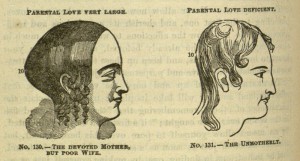
This new science rapidly gained popularity in the early 19th century, inspiring phrenology parlors where you could have your head read for a fee. Unfortunately, many of these gained a bad reputation for being scam parlors set to cheat people out of their money, and this bad reputation still tinges thoughts of phrenology today. Also stemming from the popularity of phrenology during this time were galleries where people could go to see casts, molds, and busts that illustrated each of the faculties and served to educate the general public. A renowned phrenologist and maker of the "phrenology heads" that have become iconic of the science today was Frederick Bridges, who had such a gallery in Leeds. Visitors could walk the gallery (using helpful catalogues such as this one) and see such things as a cast from the head of Lord Byron in which, "Ideality is very large. Wit, and Language, are also large" next to a cast of Shakespeare's head with "Imitation, Ideality, Benevolence, Individuality and Language large."

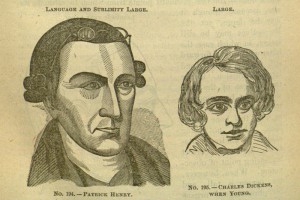
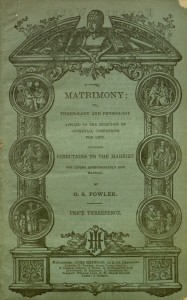 Some of the more practical applications of phrenology in the 1800s included using it to defend and/or treat convicted criminals and also to determine the compatibility of two people in a marriage. In his writing on phrenology and matrimony, Fowler imparts this wisdom upon his unmarried readers, "in the name of nature and of nature's God, marry congenial spirits or none- congenial not in one or two material points, but in all the leading elements of character […] marry one whose Temperament and Phrenological developments are similar to your own! Do this, and you are safe, you are happy: fail to do this, and you marry sorrow and regret."
Some of the more practical applications of phrenology in the 1800s included using it to defend and/or treat convicted criminals and also to determine the compatibility of two people in a marriage. In his writing on phrenology and matrimony, Fowler imparts this wisdom upon his unmarried readers, "in the name of nature and of nature's God, marry congenial spirits or none- congenial not in one or two material points, but in all the leading elements of character […] marry one whose Temperament and Phrenological developments are similar to your own! Do this, and you are safe, you are happy: fail to do this, and you marry sorrow and regret."
As phrenology's popularity grew, and also likely owing in part to the many scam phrenology parlors, there were some who became skeptical about this practice, likening phrenology to a form of mysticism. In his reply to an article published by a Dr. Ashburner about phrenology, mesmerism, and clairvoyance, George Corfe asks, "What parent would deliberately wish to educate a child to become a disciple in such antichristian and immoral principles?"
Outsiders weren't the only ones with criticism for phrenologists. As with any scientific field, phrenologists would write about the work of their contemporaries, as seen in this pamphlet where the author, George Combe, criticizes another work he has read, eloquently calling its author out on several important points and stating that "This is the second time that Mr. Stone has charged 'dishonesty' against Phrenologists, founded solely on gross mistakes of his own," here also referencing a previous article criticizing phrenological practices.
 Phrenology experienced a sort of revival in the early 20th century when scientists began to apply it to other areas of study, such as anthropology, psychology, and pedagogy. On the negative side, the Nazis and other fascist ideologies have historically misapplied the principles of sciences like phrenology and eugenics to advance their own ways of thinking. Though not nearly as popular today, studiers of this science remain, active in the pursuit of knowledge and the quest to fulfill the charge of the age-old adage to "Know Thyself." To learn more about this fascinating branch of science (and maybe more about yourself in the process!), check out the links below and stop in to see us here at Special Collections.
Phrenology experienced a sort of revival in the early 20th century when scientists began to apply it to other areas of study, such as anthropology, psychology, and pedagogy. On the negative side, the Nazis and other fascist ideologies have historically misapplied the principles of sciences like phrenology and eugenics to advance their own ways of thinking. Though not nearly as popular today, studiers of this science remain, active in the pursuit of knowledge and the quest to fulfill the charge of the age-old adage to "Know Thyself." To learn more about this fascinating branch of science (and maybe more about yourself in the process!), check out the links below and stop in to see us here at Special Collections.
All print sources come from our collection. See links to catalog records in post above for more information.
Online Sources Used:
"Phrenology in the 20th Century." The History of Phrenology. N.p., n.d. Web. 18 Mar. 2014. <http://www.phrenology.org/intro20.html>.
"What Is Phrenology?" Phrenology Lab. N.p., n.d. Web. 18 Mar. 2014. <http://med.stanford.edu/medwebtraining/shc-class/student5/treatments/phrenology-lab.html>.
